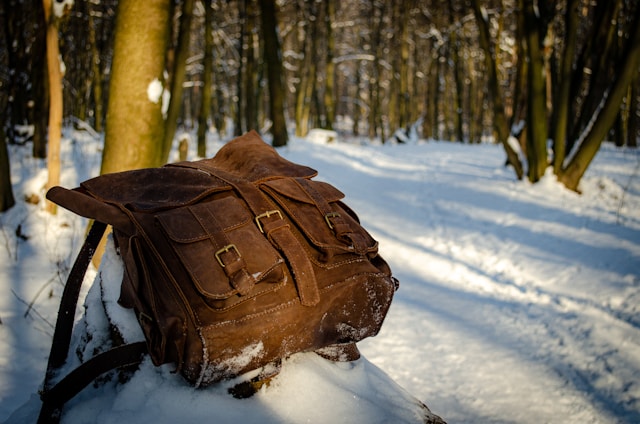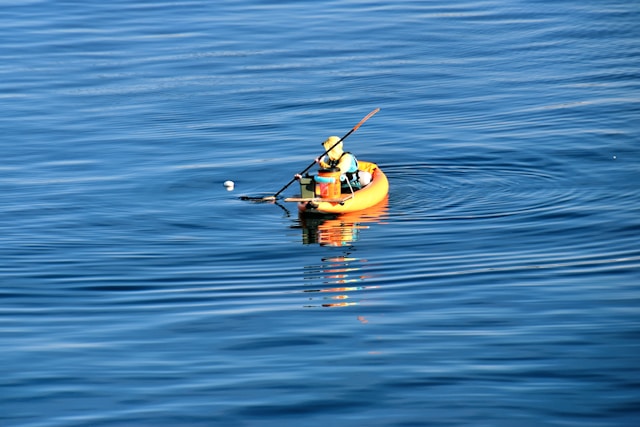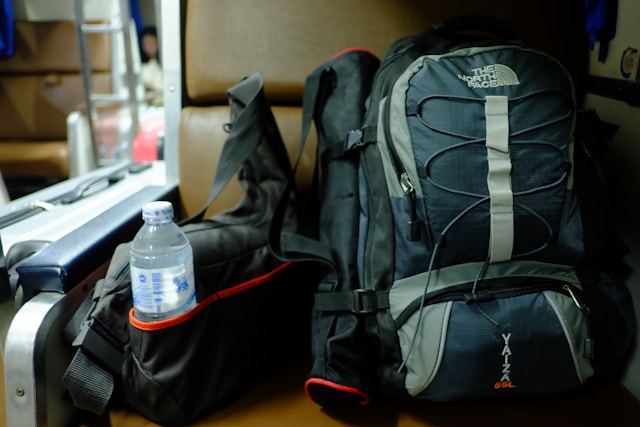Hey everyone! Anya here. If you’re anything like me, you spend hours researching gear before dropping your hard-earned cash. Packrafts are no exception. You want something durable, lightweight (ish), and that won’t fall apart the first time you bump a rock. So, let’s dive deep into the materials that make these awesome little boats tick. Because frankly, knowing your PVC from your TPU can make all the difference.
The Big Three: PVC, Hypalon, and TPU
Okay, so we’re talking packraft materials. The main contenders in the ring are PVC (polyvinyl chloride), Hypalon, and TPU (thermoplastic polyurethane). Each has its pros and cons, and understanding these is key to picking the right raft for *your* adventures. I mean, you wouldn’t take a minivan off-roading, right? (Okay, maybe you would… but that’s another story!). I’ve seen some chatter online that Kokopelli now makes a PVC packraft, and that got me thinking about all this again.
PVC: The Budget-Friendly Baseline
PVC is often the go-to for entry-level packrafts, and honestly, it’s easy to see why. It’s the most cost-effective option, making it attractive if you’re just dipping your toes (pun intended!) into packrafting. It’s relatively durable – I’ve seen PVC packrafts take a beating – and it’s easy to manufacture. Heat welding makes assembly a breeze, which keeps costs down. But, and this is a big but, PVC has some serious drawbacks. It’s heavier and bulkier than the other options. It’s less flexible, especially in cold weather, and it’s more susceptible to UV damage. I’ve heard it said that PVC packrafts are also more rigid than TPU packrafts due to the thickness of the material. Plus, let’s be real, the fumes released when it’s heated aren’t exactly good for the environment (or you). I’ve seen some pretty beat-up PVC boats after just a few seasons.
Hypalon: The Veteran (Becoming a Dinosaur?)
Hypalon… Ah, Hypalon. For years, it was considered the gold standard for inflatable boats. This synthetic rubber coating (related to the original DuPont stuff) offers excellent UV resistance, superior durability, and better abrasion resistance compared to PVC. It’s also more supple, which means it packs down smaller. I’ve always considered Hypalon the gold standard. But Ive been reading a few sites now claiming TPU is better. Holds air better (that seems to be a fair claim given welding over glue), is more abrasion resistant. So, what’s the catch? Well, Hypalon is expensive. Like, really expensive. And here’s the kicker: it can’t be heat-welded. It has to be glued by hand, which adds significant time and labor to the manufacturing process. This makes Hypalon packrafts a premium product, and honestly, they’re becoming rarer these days. Some are even calling it an “expensive dinosaur fabric.” I remember back in my guiding days, we had a few Hypalon rafts that were practically indestructible, but maintaining them was a pain.
TPU: The Modern Contender
Enter TPU. Thermoplastic polyurethane is the new kid on the block, and it’s quickly gaining popularity. It blends the heat-welding benefits of PVC with many of the desirable characteristics of Hypalon. TPU-coated nylon fabrics are lighter, more packable, and generally stronger than PVC. Plus, they’re more environmentally friendly. I’ve even seen a few *extremely* expensive packrafts made from TPU-coated Vectran fabric, which is supposed to be crazy strong.
I’ve also done Alibaba (felt like … get some TPU fabric that I didnt need quickly. The minimums werent too bad from some vendors. … Similar fabric is used for snowshoe decks, drysuits, inflatable companies, etc. It is not and easy process if one is unskilled at it, and the repair process for hypalon and PVC material is different and one needs to know what they are doing. I , personally, having the skillsets to do the above would opt to purchase a ready made packraft, but…
Making the Choice: Weight, Durability, and Your Wallet
So, which material is right for you? It really depends on your priorities. If you’re on a tight budget and mostly plan on calm waters, PVC might be a decent starting point. But if you’re serious about packrafting and want something that will last, TPU is definitely the way to go. Hypalon? Well, if you can find one and you’re willing to pay the premium, you’ll get a top-notch raft. But honestly, TPU is giving it a run for its money.
Remember to consider the weight of the packraft, especially if you plan on doing a lot of hiking. A few pounds can make a HUGE difference after a long day on the trail. Think about the type of water you’ll be paddling. Whitewater demands a more durable material than calm lakes. And finally, be honest with yourself about how much you’re willing to spend. There’s no point in blowing your entire budget on a packraft if it means you can’t afford the paddle, PFD, and other essential gear.
Happy paddling, folks! And remember, do your research, choose wisely, and always wear a PFD!




